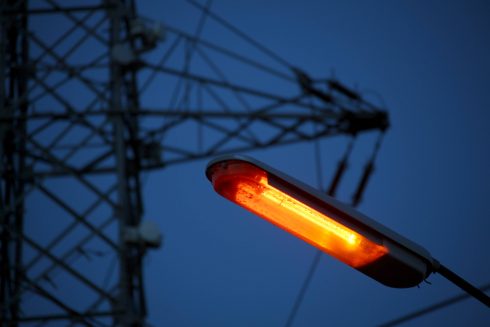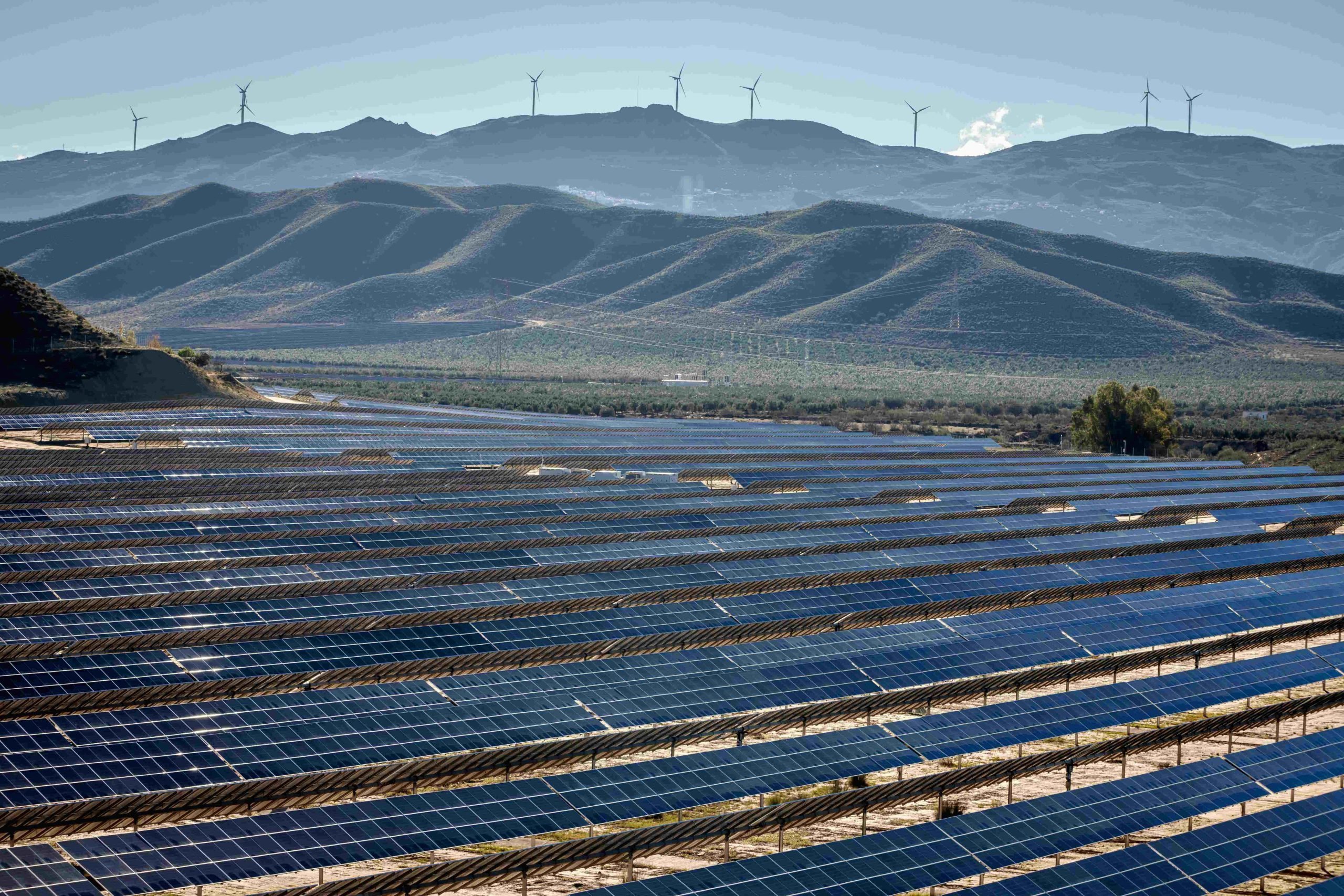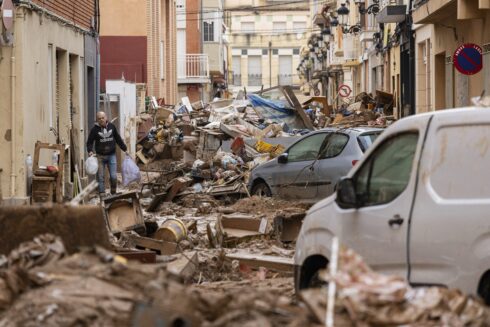SPAIN has become one of the cheapest places in Europe for electricity, thanks to a surge in solar and wind power that has broken its dependence on gas.
In the first half of 2025, wholesale electricity prices were 32% lower than the EU average and at least 30% cheaper than in Germany, Italy and the UK, whose industry has been left reeling as a result.
The huge reduction comes as a reversal from just ten years ago, when Spain had some of the highest bills on the continent.
This development has been driven almost entirely by Spain’s investment in renewable energy, according to a new report, which refutes the suggestion that it was this reliance which caused the infamous nationwide blackout last April.
READ MORE: Outrage after region in Spain allows trophy hunters to keep severed wolf heads as a souvenir

The analysis, published by London-based energy think tank Ember, shows that rapid growth in renewables has slashed the volatile influence of gas and coal on prices.
Since 2019 Spain has doubled its solar and wind capacity, adding more than 40 gigawatts. Renewables now cover almost half of the country’s electricity demand, compared with just over a quarter six years ago.
The shift has changed the way the market works. In 2019, fossil fuels set the hourly electricity price in three out of four hours.
READ MORE: Spain hits luxury property giant Engel & Völkers with €16m ‘fake self-employed’ fine
By this year, that figure had fallen to less than one in five. The result is that Spain’s electricity prices are no longer tied to the cost of gas, unlike in northern Europe where bills still track fossil fuel costs.
The difference is visible in the data. A graphic published with the report shows Spain’s wholesale prices drifting far below the cost of producing power from gas, while in Germany, Italy, the Netherlands and the UK the two remain closely linked.
The benefits are financial as well as environmental. Spain has saved an estimated €13.5 billion on avoided gas imports since 2020, almost five times more than it invested in its transmission grid over the same period.
READ MORE: Spain could suffer from further blackouts this summer as original causes ‘unresolved’
The Bank of Spain has also calculated that electricity prices would have been 40% higher last year if renewable generation had stayed at 2019 levels.
August 2025 marked the first month in Spain’s history without a single coal-fired plant in operation. Just ten years earlier coal still made up a quarter of the energy mix.
Gas, meanwhile, now supplies only a fifth of Spain’s electricity, compared with more than 40% in Germany and Italy.
But the report also warns that the transition is fragile. On April 28 a widespread blackout left large areas of the country without power.
READ MORE: Culprit for Spain’s blackout narrowed down to substation in Andalucia
Opponents were quick to blame renewables, arguing that wind and solar had destabilised the grid. Ember’s analysis says the opposite.
The problem was not too much clean power, but too little investment in the infrastructure needed to manage it.
Since the blackout, the grid operator has been forced to rely more heavily on gas plants to keep the system stable.
Costs have surged as a result. Grid services, which made up just 14% of final bills before the blackout, accounted for 57% in May.
READ MORE: Spain blackout seen from space in eerie NASA satellite images
At the same time curtailment, when renewable plants are forced to shut down to avoid overload, has tripled from under 2% of generation to more than 7% in the months since.
“Spain has broken the ruinous link between power prices and volatile fossil fuels, something its European neighbours are desperate to do,” said Ember analyst Dr Chris Rosslowe.
“But Spain risks sliding back into costly gas reliance amid post-blackout fears. Boosting grids and batteries will help Spain break free from fossil dependency for good.”
The report highlights Spain’s weaknesses. Despite being Europe’s fourth biggest power market, the country has only the thirteenth largest battery storage fleet, with 120 megawatts installed.
Investment in grid upgrades has also lagged far behind.
READ MORE: Spain’s blackout coverup: Event was ‘controlled experiment in green agenda gone wrong’
Between 2019 and 2024, Spain spent 30 cents on networks for every euro put into renewables, compared with a European average of 70 cents.
By contrast, the UK, which has a lower share of renewable energy, already operates at least a dozen synchronous compensators, devices that help stabilise the grid without burning gas.
Spain has none.
The government has begun to act.
In the months since the blackout it has approved €750 million to install eight synchronous compensators, a measure expected to save €200 million a year.
A new pipeline of battery projects is now in development, with 2.6 gigawatts announced and 340 megawatts already permitted, which would put Spain among the top five in Europe once built.
READ MORE: Gibraltar blackout: Contractors working on new £1.8bn data centre blamed; power to return from 7pm
The European Investment Bank has also backed a major new interconnector with France through the Bay of Biscay.
Spain is also consulting on a new ‘capacity mechanism’, a policy tool usually used to subsidise fossil plants.
Unlike other countries, it plans to limit support for gas and direct funds towards clean alternatives instead.
The scale of change has been striking. In 2019 Spain had the highest level of fossil influence on its electricity prices among major gas-dependent countries.
By 2025 it has the lowest. Other European states have seen only modest progress, with gas still setting prices in around two-thirds of hours in Germany and Italy.
READ MORE: Spain probes cyber weaknesses of small generators amid investigation into nationwide blackout
For households in Spain, including hundreds of thousands of foreign residents and retirees, the immediate effect has been relief from soaring bills.
While the UK, Germany and Italy remain exposed to volatile fossil markets, Spain now enjoys some of the cheapest electricity in Europe.
But the blackout in April was a reminder that success is not guaranteed.
The report argues Spain is now a test case for Europe. If it can complete the transition by upgrading its grid and storage, the country could lock in both cheaper bills and greater energy security for good.
Click here to read more Green News from The Olive Press.









solar panels are made in China. that means the CCP can shut down the entire power supply remotely because: made in China means back door to China.